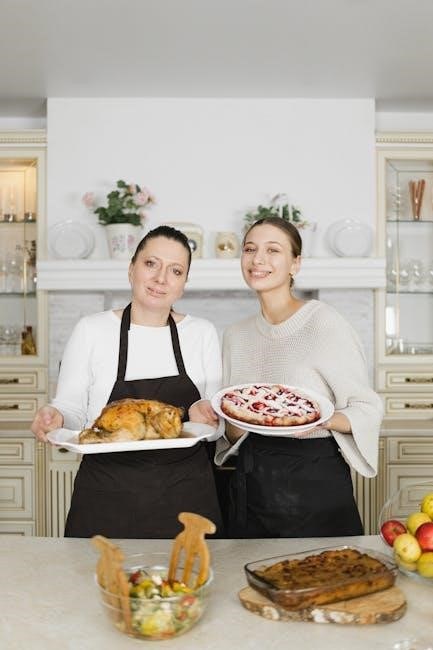
Cake serving guides provide essential information for planning events, using
charts
to determine portion sizes and ensure sufficient cake for guests, making event planning easier and more efficient always online.
Understanding the Basics of Cake Serving
To understand the basics of cake serving, it’s essential to consider the size and shape of the cake, as well as the number of guests and their preferences. A standard cake serving size is typically 1 inch by 2 inches, but this can vary depending on the type of cake and the occasion. Using a cake serving guide can help ensure that you have enough cake for all your guests. The guide provides a simple and easy way to calculate the number of servings based on the cake’s dimensions. It’s also important to consider the height of the cake, as a taller cake may yield more servings than a shorter one. Additionally, the type of cake and the serving style can also impact the number of servings. By understanding these basics, you can plan your cake serving needs with confidence and ensure a successful event. With a little planning and attention to detail, you can create a memorable and enjoyable experience for your guests. Cake serving guides are available online and can be a valuable resource for anyone planning an event.
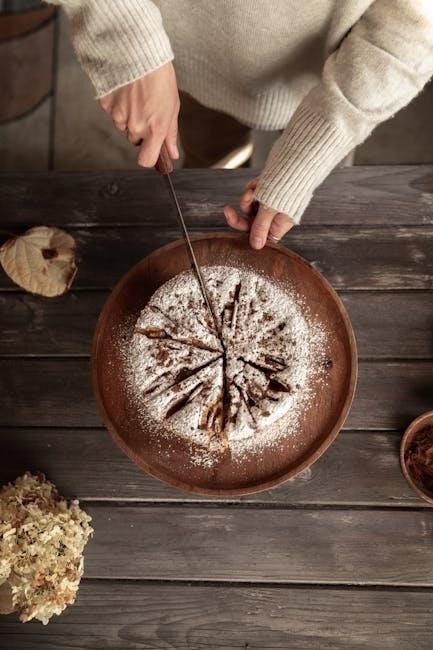
General Guidelines for Cutting Cakes
Cutting cakes requires a sharp knife and gentle touch, using
guides
to ensure even slices always.
Techniques for Cutting 3 Layer Cakes
To cut a 3 layer cake, start by placing the cake on a flat surface and removing any decorations or toppings. Next, use a long serrated knife to cut the cake into quarters, applying gentle pressure and using a sawing motion. Then, cut each quarter into 3 or 4 slices, depending on the desired portion size. This technique helps to ensure even slices and prevents the cake from becoming crushed or broken. It’s also important to use a sharp knife and to cut in a smooth, continuous motion. By following these techniques, you can achieve clean, even slices and make serving your 3 layer cake a breeze. Additionally, consider cutting the cake into slices just before serving to prevent it from drying out. With a little practice, you’ll be a pro at cutting 3 layer cakes in no time, and your guests will appreciate the effort you put into serving a beautiful and delicious cake.
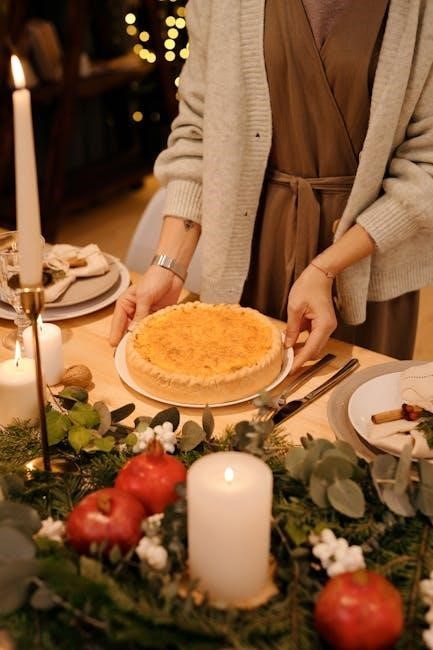
Portion Sizes and Serving Charts
Using
- charts
to determine cake portion sizes ensures efficient event planning always online easily.
Using the Wilton Cake Serving Chart
The Wilton Cake Serving Chart is a useful tool for determining portion sizes and ensuring that there is enough cake for all guests at an event. This chart provides a simple guide to help calculate servings based on cake dimensions, making it easier to plan celebrations. By using the Wilton Cake Serving Chart, individuals can avoid over or underestimating the amount of cake needed, resulting in a more successful and stress-free event. The chart takes into account various cake shapes and sizes, providing a comprehensive guide for event planners. With the Wilton Cake Serving Chart, individuals can easily determine the number of servings for their specific cake, allowing for more accurate planning and preparation. This chart is especially useful for large events, such as weddings, where multiple desserts may be served, and portion sizes need to be carefully considered to ensure that all guests are accommodated. Overall, the Wilton Cake Serving Chart is a valuable resource for anyone planning a celebration that involves cake.
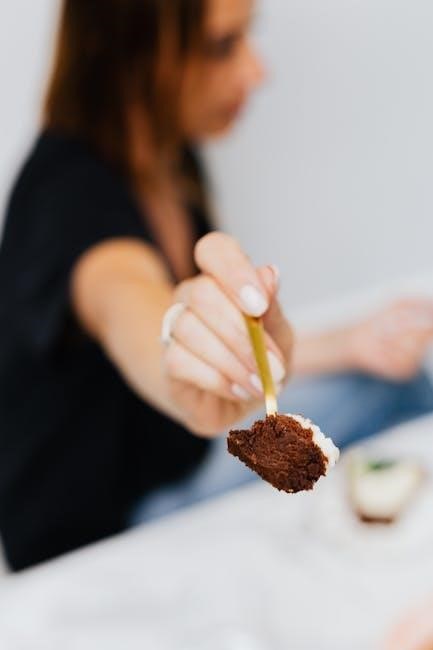
Factors Affecting Cake Serving Sizes
Cake height and size affect serving sizes, with taller cakes yielding fewer slices, using online guides for accurate calculations always helps with planning events successfully every time.
Considering the Height and Size of the Cake
When determining cake serving sizes, it is essential to consider the height and size of the cake. A taller cake will typically yield fewer slices than a shorter cake, even if they are the same diameter. This is because the slices will be thicker and more substantial, making them more filling for guests. On the other hand, a larger cake will yield more slices, but the size of each slice may be smaller. Using online guides and charts can help with calculating the correct number of servings based on the cake’s dimensions. Additionally, considering the type of event and the preferences of the guests can also impact the serving size. For example, a wedding cake may require larger slices, while a birthday cake may be cut into smaller pieces. By taking these factors into account, hosts can ensure that their guests receive the perfect amount of cake. Using a cake serving guide can make this process easier and more efficient.
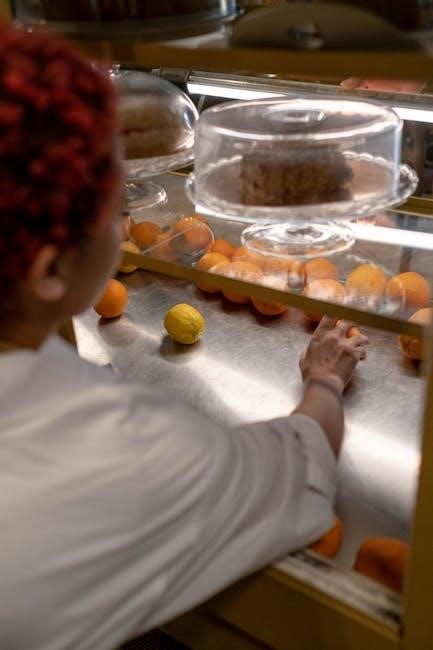
Calculating Servings for Events
Using online
guides
and charts helps calculate servings for events accurately always.
Adjusting Servings Based on Guest Preferences
When planning an event, it is essential to consider the preferences of the guests to ensure that everyone has a satisfying experience. Using a cake serving guide can help determine the number of servings needed, but it is also important to take into account the types of guests that will be attending. For example, if the event is a wedding, the guests may be more likely to want seconds, so it would be a good idea to plan for extra servings. On the other hand, if the event is a business meeting, the guests may be less likely to want dessert, so fewer servings may be needed. By considering the preferences of the guests, event planners can adjust the number of servings to ensure that everyone has enough cake. This can be done by using online guides and charts to calculate the number of servings needed based on the number of guests and the type of event.